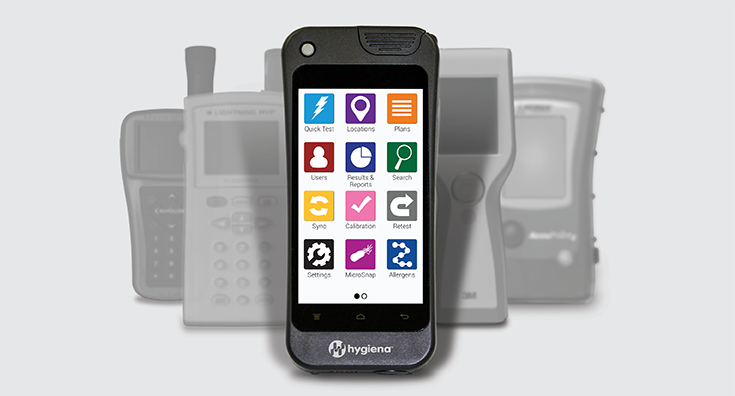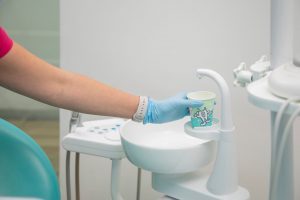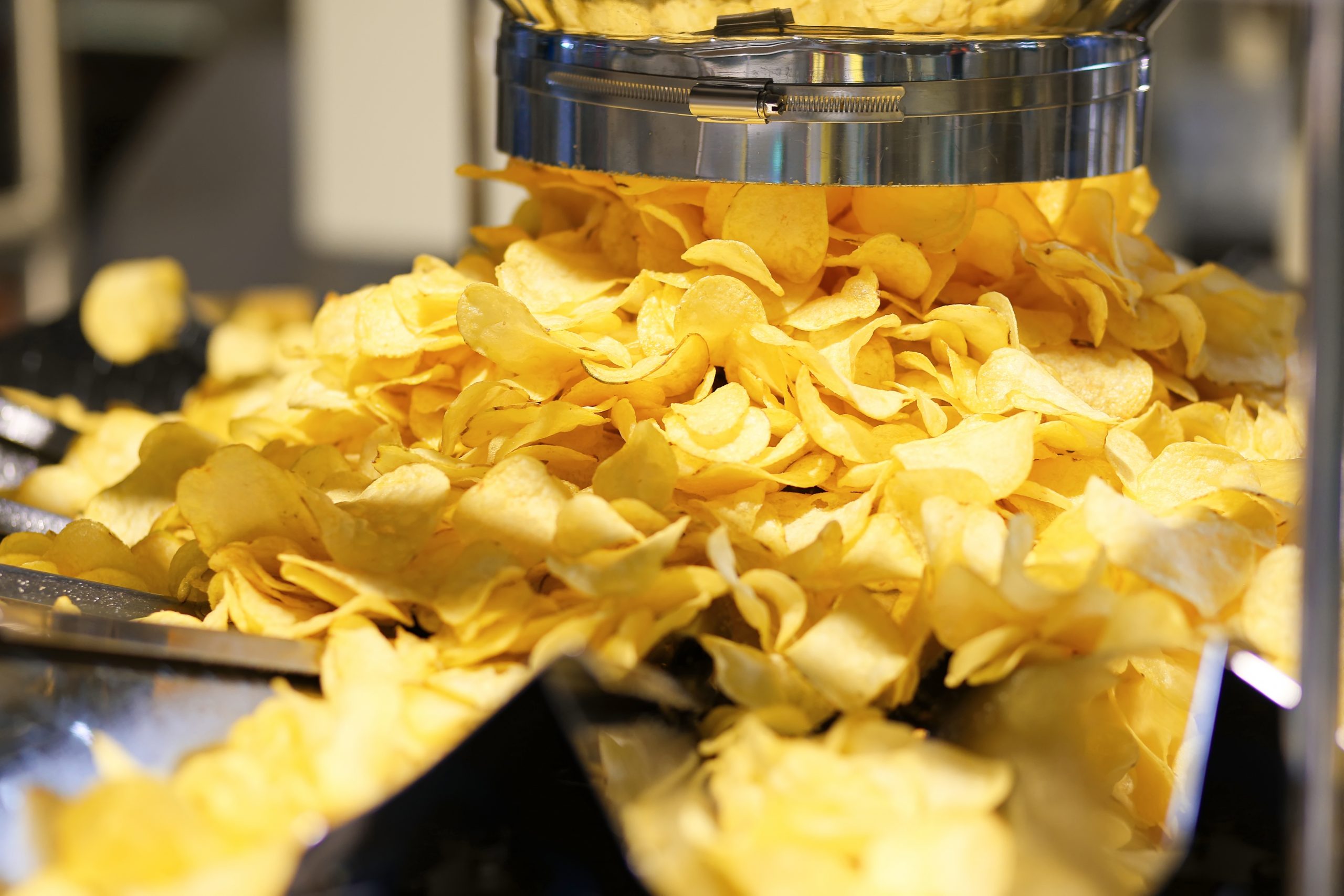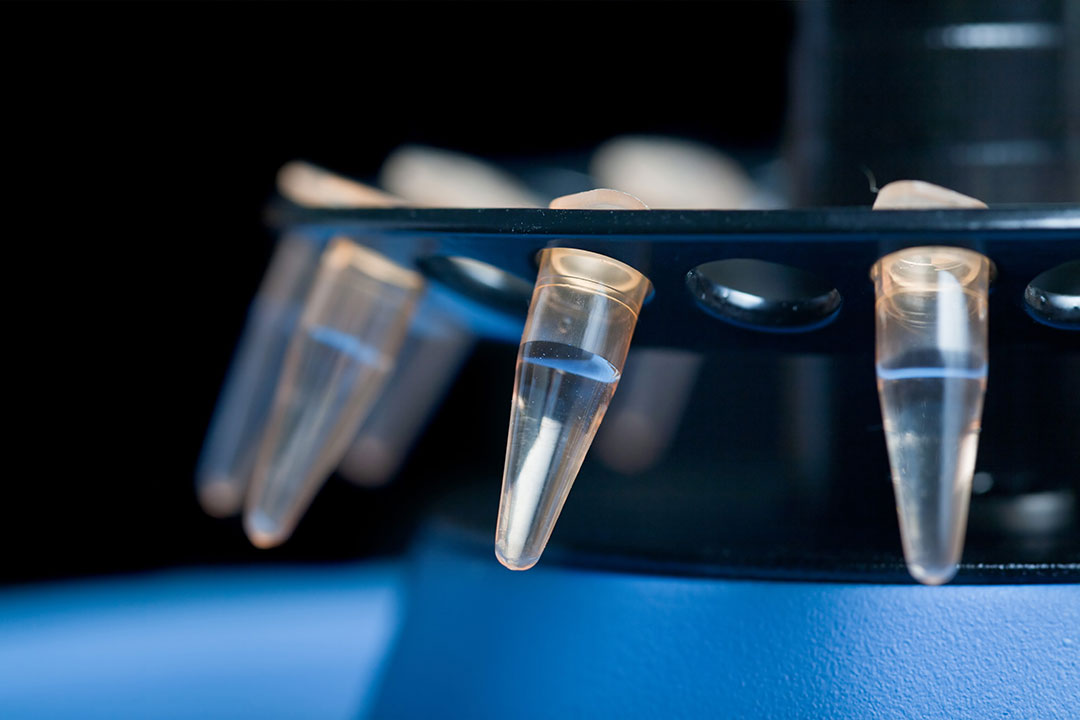When choosing a water activity (aw) meter, you should consider factors such as accuracy, range, ease of use, maintenance requirements, and price. Additionally, you should consider your specific needs and the types of products you will be measuring, as different water activity (aw) meters may be better suited for different applications.
Water activity influences:
- Texture abnormalities
- Water migration
- Flavour abnormalities
- Enzymatic reactions
- Microbiological stability
- Browning reactions
- Protein and vitamin content
- Oxidation reactions
- Chemical stability
- Powder caking
- Enzymatic stability
- Shelf life
- Packaging
- Storage
Water activity (aw) is a measurement of the amount of available water in a product, and it has a significant impact on food production. Water activity is measured on a scale from 0 to 1, with 0 being completely dry and 1 being pure water. In food production, water activity plays a critical role in determining product quality, safety, and shelf life.
Here are some ways that water activity affects food production:
Microbial growth: Water activity is an essential factor that determines microbial growth in food. Bacteria, yeasts, and moulds require water to grow, and they have a minimum water activity level below which they cannot grow. Controlling water activity in food can help prevent spoilage and the growth of harmful bacteria.
Texture: Water activity affects the texture of food. Foods with low water activity tend to be dry and hard, while those with high water activity tend to be soft and moist. In food production, water activity can be controlled to achieve the desired texture of a product.
Flavours: Water activity affects the flavour of food by influencing the concentration of flavour compounds. Foods with high water activity tend to have a more intense flavour, while those with low water activity tend to have a milder flavour. In food production, controlling water activity can help create a product with the desired flavour.
Preservation: Controlling water activity is an important factor in food preservation. Low water activity inhibits microbial growth and helps preserve the quality and safety of the product. Many preservation techniques such as drying, salting, and smoking rely on controlling water activity to preserve food.
Enzymatic stability and reactions: Have a significant impact on food production. Enzymes are biological catalysts that accelerate chemical reactions, and they play a vital role in many food processes, including fermentation, baking, and cheese making. Enzymatic stability refers to the ability of an enzyme to maintain its activity under specific conditions. Here are some ways that enzymatic stability and reactions affect food production:
More information on Enzymatic stability and reactions:
Quality: Enzymes can have a positive or negative effect on the quality of the final product. For example, enzymes used in cheese making can improve texture and flavour, while enzymes that cause spoilage can reduce shelf life and product quality.
Processing efficiency: Enzymes can increase processing efficiency and reduce production costs. For example, enzymes used in bread baking can speed up the fermentation process and reduce proofing time.
Nutritional value: Enzymes can improve the nutritional value of food by breaking down complex molecules into simpler forms that are easier to digest. For example, enzymes used in the production of soy sauce can break down proteins and increase the availability of amino acids.
Stability: Enzymatic stability is critical in food production because enzymes can be sensitive to environmental factors such as temperature, pH, and the presence of other substances. Enzymatic instability can lead to reduced activity, decreased processing efficiency, and reduced product quality.
Safety: Enzymes can affect food safety by breaking down toxins or harmful substances, or by producing harmful by-products. Enzymatic reactions can also lead to the formation of allergenic compounds, which can cause adverse reactions in some individuals.
In conclusion, water activity (aw) has a significant impact on food production, affecting quality, processing efficiency, nutritional value, stability, and safety. Understanding the role of water activity in food production is essential for developing effective processing techniques and ensuring high-quality and safe food products. As well as accurate labelling information for consumers and government/regulatory legislation.
This understanding will also allow you to choose the correct type o water activity for your needs/applications, as some meters will be more suitable than others for certain applications.
Further reading: "
Determination of water activity in food - National Infection Service Food Water and Environmental Microbiology Standard Method" Public Health England 2017
Some of the leading brands of water activity meters include:
- Decagon Devices: Offers a range of water activity meters, including the AquaLab series, which is widely used in the food industry.
- Mettler Toledo: Offers a range of water activity meters, including the AquaLab 4TE and AquaLab 4TE-C, which are designed for ease of use and accuracy.
- Ebro: Offers a range of water activity meters, including the Aqualab series, which is designed for use in both laboratory and field applications.
- Rotronic: Offers a range of water activity meters, including the Hygrolab series, which is designed for use in a variety of industries, including food, pharmaceuticals, and cosmetics.
- Palintest: Offers a range of water activity meters, including the Aquacheck series, which is designed for use in both laboratory and field applications.
At Gem Scientific we sell a range of portable water activity meters from different manufacturers, click here to view our portfolio.
Feel free to contact us to discuss your needs in more depth and we will be happy to advise.
Contact our team on 01924 444577, visit our website or
Email Us.





